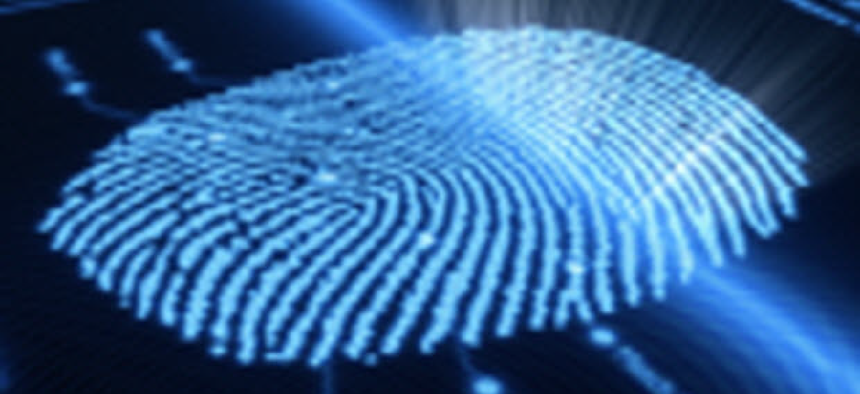Law enforcement, NIST making fingerprint files easier to search


Connecting state and local government leaders
Group has developed a standard features set to use for fingerprint identification, and NIST now has the technical specs to make searches interoperable.
Law enforcement agencies could soon have a quicker way to compare and match fingerprints, now that a working group of local, state and federal agencies has developed a standard set of features for fingerprint identification, and technical specifications for the standards have been published to enable interoperability between automated fingerprint identification systems (AFIS).
A series of special publications from the National Institute of Standards and Technology set out the specifications for the standard identifying features of prints, instructions for marking them and specifications for applications that transmit them. The goal is to enable interoperable searches between law enforcement agencies using AFIS solutions from different vendors.
Fingerprints are one of the earliest forms of biometric information used by government and have been used in forensic investigations and in courts for more than a century. Law enforcement agencies have established large databases of fingerprints against which latent prints found at crime scenes can be matched.
Automated systems — AFIS — to speed up the process have been around since the 1980s. The FBI’s Integrated Automated Fingerprint Identification System was introduced in 1999 and includes a national database containing more than 100 million fingerprint records available for law enforcement and other government searches.
Not all AFIS are alike, however. State and local agencies often maintain their own databases, and although there can be some interoperability in a vertical hierarchy of local, state and federal databases, there is very little interoperability horizontally between neighboring jurisdictions. To search different databases, examiners must mark distinctive features for fingerprints manually for different systems, using different coding, notation methods and data definitions.
To solve this problem, the Latent Print AFIS Interoperability Working Group was established in 2008. NIST’s Law Enforcement Standards Office, together with the nonprofit research corporation Noblis, used the working group’s recommendations to create the Extended Feature Set (EFS) standard for encoding fingerprint, palmprint and footprint features; “a quantifiable, repeatable, and clear method of characterizing the information content of a friction ridge image.”
EFS is part of the ANSI/NIST-ITL 1-2011 standard and NIST SP 500-290 Data Format for the Interchange of Fingerprint, Facial, & Other Biometric Information.
NIST released three special publications in January supporting EFS:
• SP-1134: Extended Feature Set Profile Specification (Jan. 2013)
• SP-1151: Markup Instructions for Extended Friction Ridge Features
• SP-1152: Latent Interoperability Transmission Specification
The profile specifications define the EFS profiles — the defined groups of friction ridge features — required for interoperability between automated fingerprint ID systems from different vendors. There are multiple profiles to allow tradeoffs between examiner time and search accuracy. Profile one is the Minimal Markup Profile; two is the Quick Minutiae Search Profile and three is the Detailed Markup Profile. There also are optional profiles for maximized accuracy “that require substantial examiner time,” and special purpose profiles for legacy applications and other uses.
The Markup instructions provide specific guidelines for marking print features to maximize consistency between examiners. It is “an interoperable AFIS interchange format for human-initiated searches, fully automated searches, data interchange among automated systems, and feedback to examiners from automated processing.” These instructions also can be used by AFIS algorithm developers.
The transmission specs are an application profile based on the ANSI/NIST standards.
The Latent Print AFIS Interoperability Working Group participants:
Federal
• NIST Information Technology Laboratory and Office of Law Enforcement Standards
• National Institute of Justice Office of Science and Technology
• Department of Homeland Security
• FBI Criminal Justice Information Services Division
State & Local
• Culver City Police Department
• Broward County Sheriff's Office
• Los Angeles County Sheriff's Department
• Santa Monica Police Department
• New York State Division of Criminal Justice Services
• Illinois State Police Forensic Science Center at Chicago
• Texas Department of Public Safety
• South Carolina Crime Information Center
• Western Identification Network, Inc.
• Nlets, the National Law Enforcement Telecommunications System
• New Hampshire State Police Forensic Laboratory
• San Francisco Police Department




